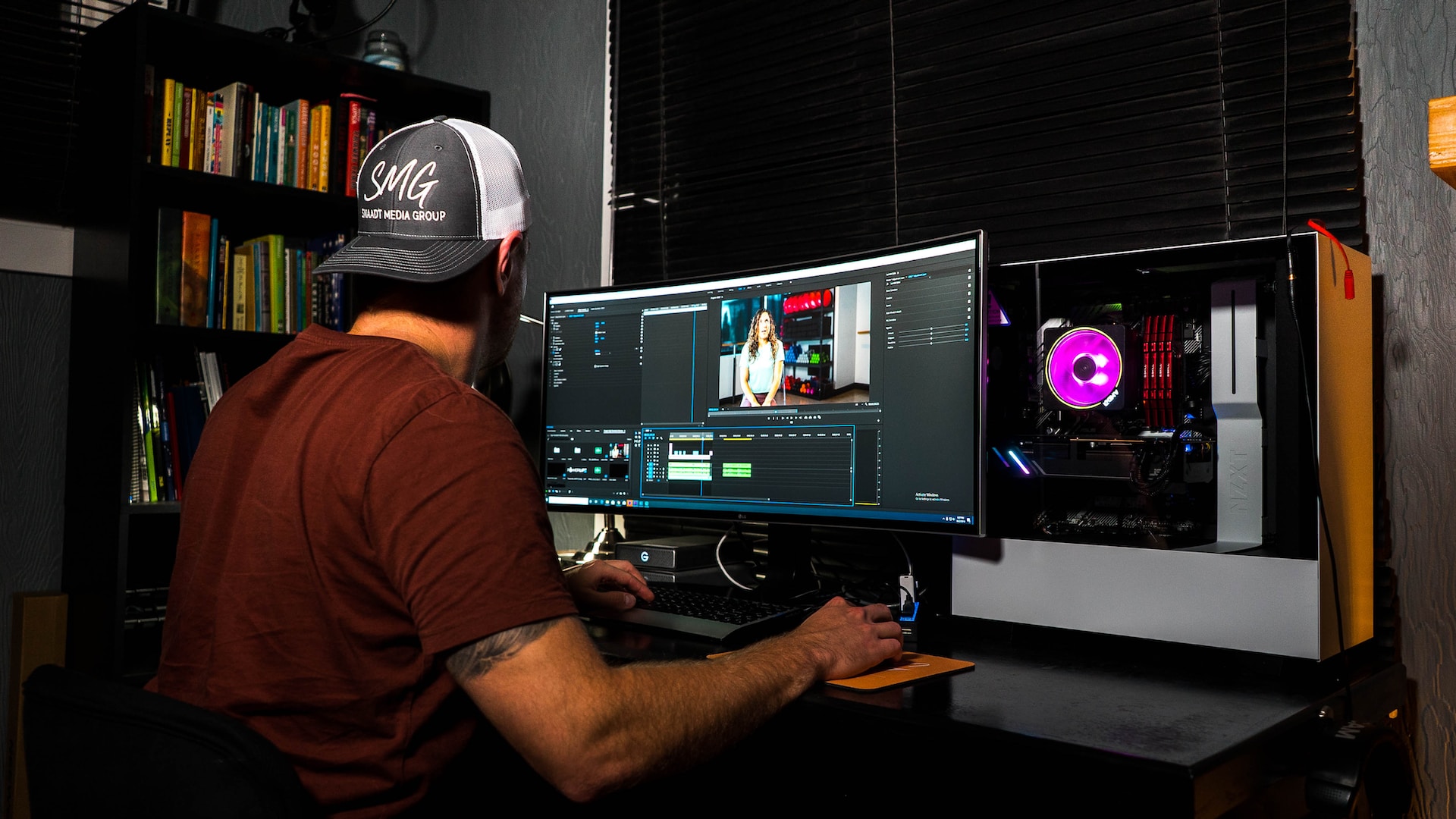Video editing, while rewarding, can also be demanding and stress-inducing. Facing tight deadlines, managing large files, and striving for perfection in every cut can affect an editor’s well-being. Here are five effective strategies to manage and alleviate the stress associated with video editing.
1. Organize and Streamline Your Workflow
A structured workflow can be your biggest ally in reducing stress.
Use Folder Structures
Before editing, organize all your clips, audio files, and assets into well-labeled folders. Knowing exactly where everything is can save time and reduce anxiety.
Use Keyboard Shortcuts
Most video editing software offers keyboard shortcuts. Mastering these can speed up your editing process, making tasks less daunting.
2. Take Regular Breaks
Continuous hours in front of the computer can be mentally exhausting.
The 20-20-20 Rule
Every 20 minutes, take a 20-second break and focus on something 20 feet away. This simple practice can reduce eye strain and mental fatigue.
Physical Movement
Every hour, take a 5-10 minute break to stretch, walk around, or do some light exercises. This can boost blood circulation and help in refreshing your mind.
3. Create a Comfortable Workspace
Your environment plays a significant role in your stress levels.
Ergonomic Set-Up
Invest in a comfortable chair and ensure your computer monitor is at eye level. An ergonomic workspace can prevent physical discomfort, allowing you to work longer without feeling stressed or strained.
Ambient Lighting
Ensure your workspace is well-lit, preferably with natural light. If that’s not possible, invest in good quality, soft lighting. A well-lit room can reduce eye strain and create a positive work ambiance.
4. Set Realistic Expectations and Deadlines
Overloading yourself can be a direct ticket to burnout.
Communicate with Clients
Ensure you have open communication with your clients. If a deadline is too tight, express your concerns and try to negotiate a more manageable timeframe.
Prioritize Tasks
Not all tasks are equally important. List down tasks in order of priority and tackle them accordingly. This ensures the most critical aspects of your edit are addressed first, reducing last-minute stress.
5. Engage in Stress-relief Activities
Beyond the editing desk, it’s crucial to have activities that help you unwind.
Meditation and Deep Breathing
Daily meditation or deep breathing can work wonders in managing stress. Even a few minutes can help in centering yourself and gaining a fresh perspective.
Pursue a Hobby
Whether reading, painting, cooking, or any other activity, having a hobby outside of video editing can provide a therapeutic escape from work-related stress.
Conclusion
While video editing is challenging, it doesn’t have to be overwhelmingly stressful. You can easily navigate the pressures of editing by organizing your workflow, ensuring a comfortable workspace, setting realistic goals, taking regular breaks, and engaging in stress-relief activities. Remember, every project is a learning experience. Embrace the process, and over time, you’ll become a better editor and master the art of staying calm under pressure.
